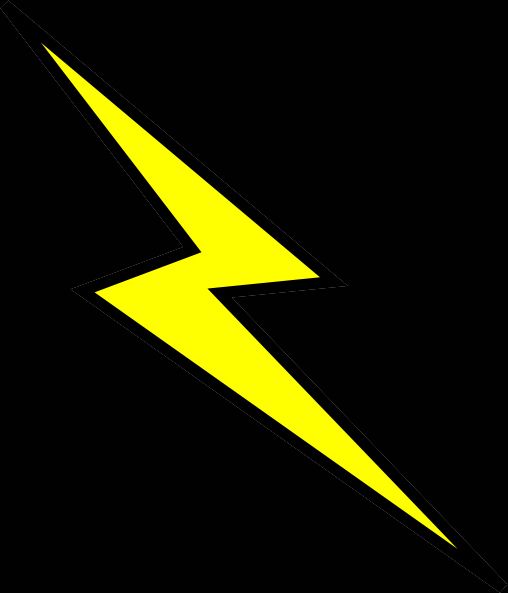Electric heating is the cleaner, greener option
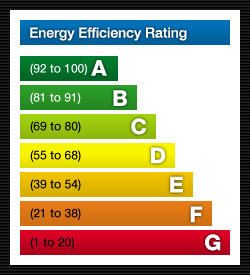
100% efficient - no heat lost through boiler or pipework
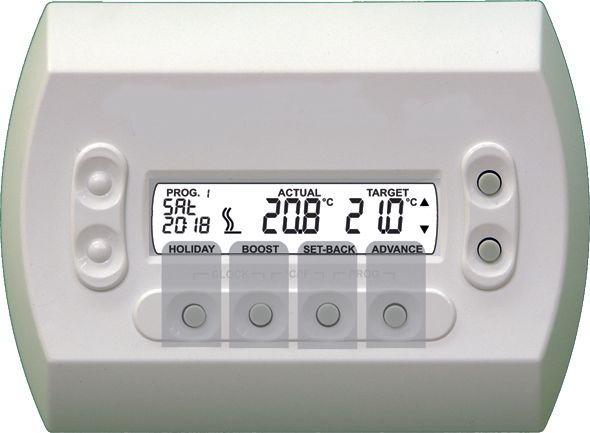
Targeted heat from time and temperature controls and heating zones
Our electric radiators are available with wireless controllers that enable you to programme your electric radiators to suit your lifestyle via time and temperature controls. They also enable you to identify "heating zones" so for instance, you can separate the upstairs and downstairs radiators. These controllers wirelessly link to radiators telling them when to come on and when to go off. This mean you only get heat when and where you want it; targeted precision heating results in no wasted energy
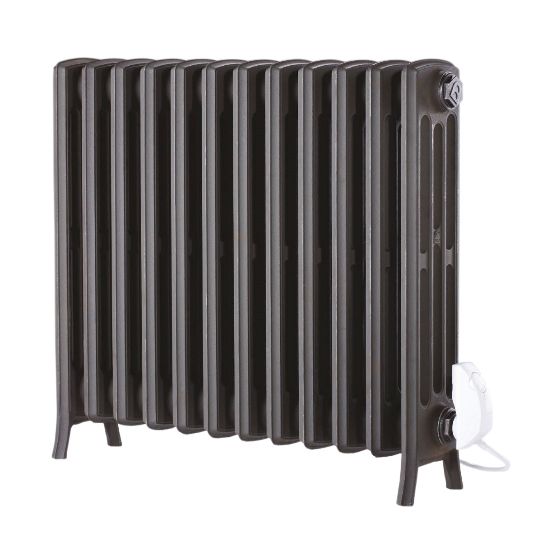
Upgrade existing radi ators to electric versions - minimising waste
LOT 20 compliant heating
A directive aimed at ensuring modern electric heating products meet a base criteria for efficiency, all our products can comply. Please ask for further details
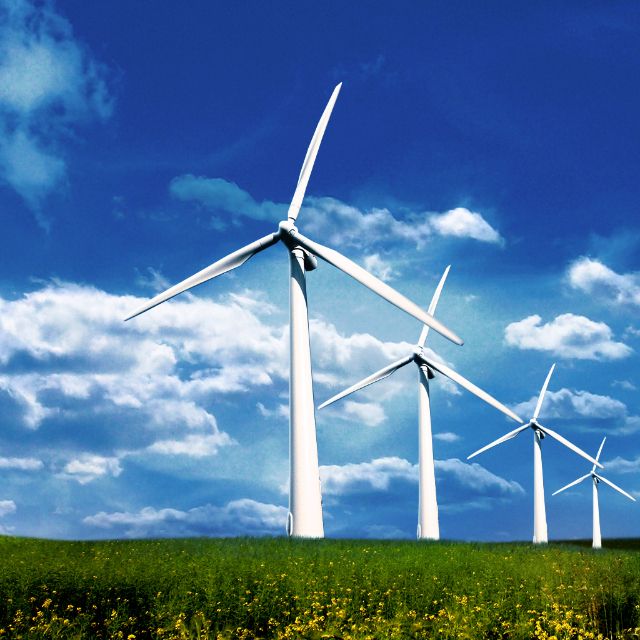
Encouraging a move away from fossil fuels
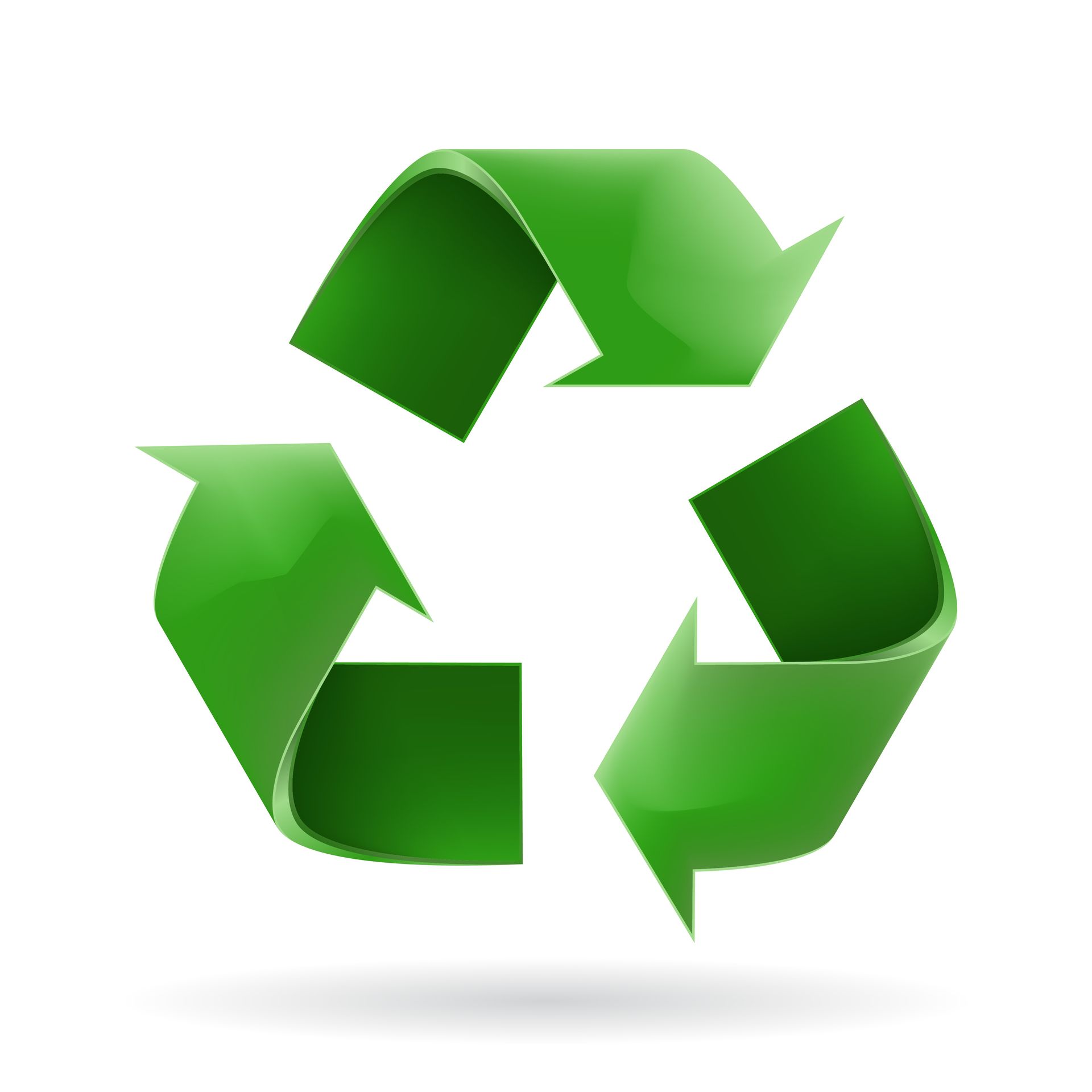
Less waste - electric radiators can be moved and re-used.
Our electric radiators offer the ultimate in flexibility. If the layout or usage of your home changes, then it is easy to just add or move a radiator to a different position, room or even property. This means there is no need to throw out any unwanted radiators.
For example, if you are re-decorating your living room, you can upgrade the radiator in there and then easily move the older model into a previously chilly utility room.

Many of our electric radiators are made in the UK
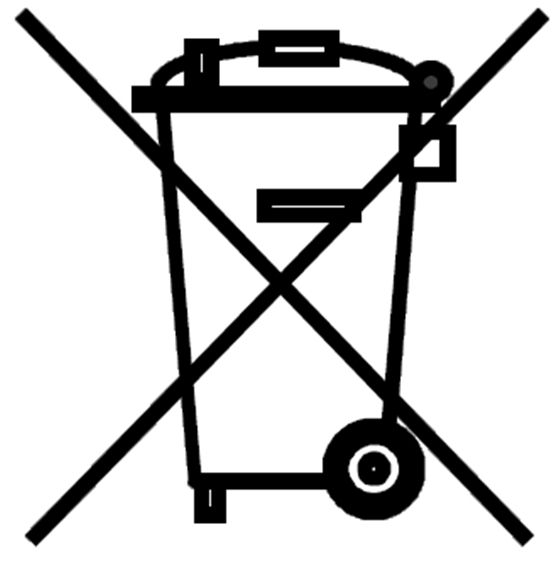
Promoting the recycling and reusing of electrical equipment
The Waste Electrical and Electronic Equipment (WEEE) Directive is now UK law. The legislation aims to make producers pay for the collection, treatment and recovery of waste electrical equipment. The regulations also mean that the suppliers of equipment like high street shops and internet retailers must allow consumers to return their waste equipment free of charge. The amount of WEEE we throw away is increasing by around 5% each year, making it the fastest growing waste stream in the UK. Recycling reduces the environmental and health risks associated with sending electrical goods to landfill. electric-radiators.uk is obliged under these regulations to offer our customers free take-back of their WEEE on a like-for-like basis when they buy a new Electrical or Electronic product from us. Customer must return their like-for-like WEEE item to us within 28 days of purchasing their new item.
Under the WEEE regulations, all new electrical goods should be marked with the crossed-out wheeled bin symbol. Goods are marked with this symbol to show that they were produced after 13th August 2005, and should be disposed of separately from normal household waste so that they can be recycled.
